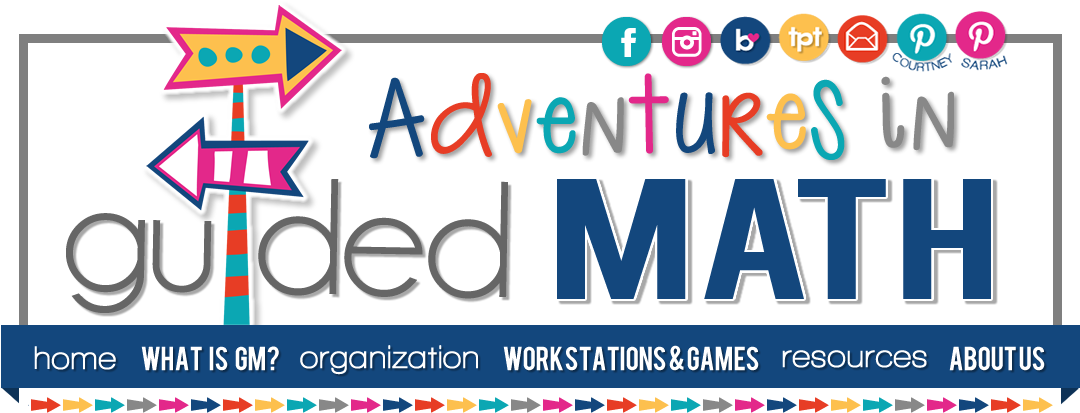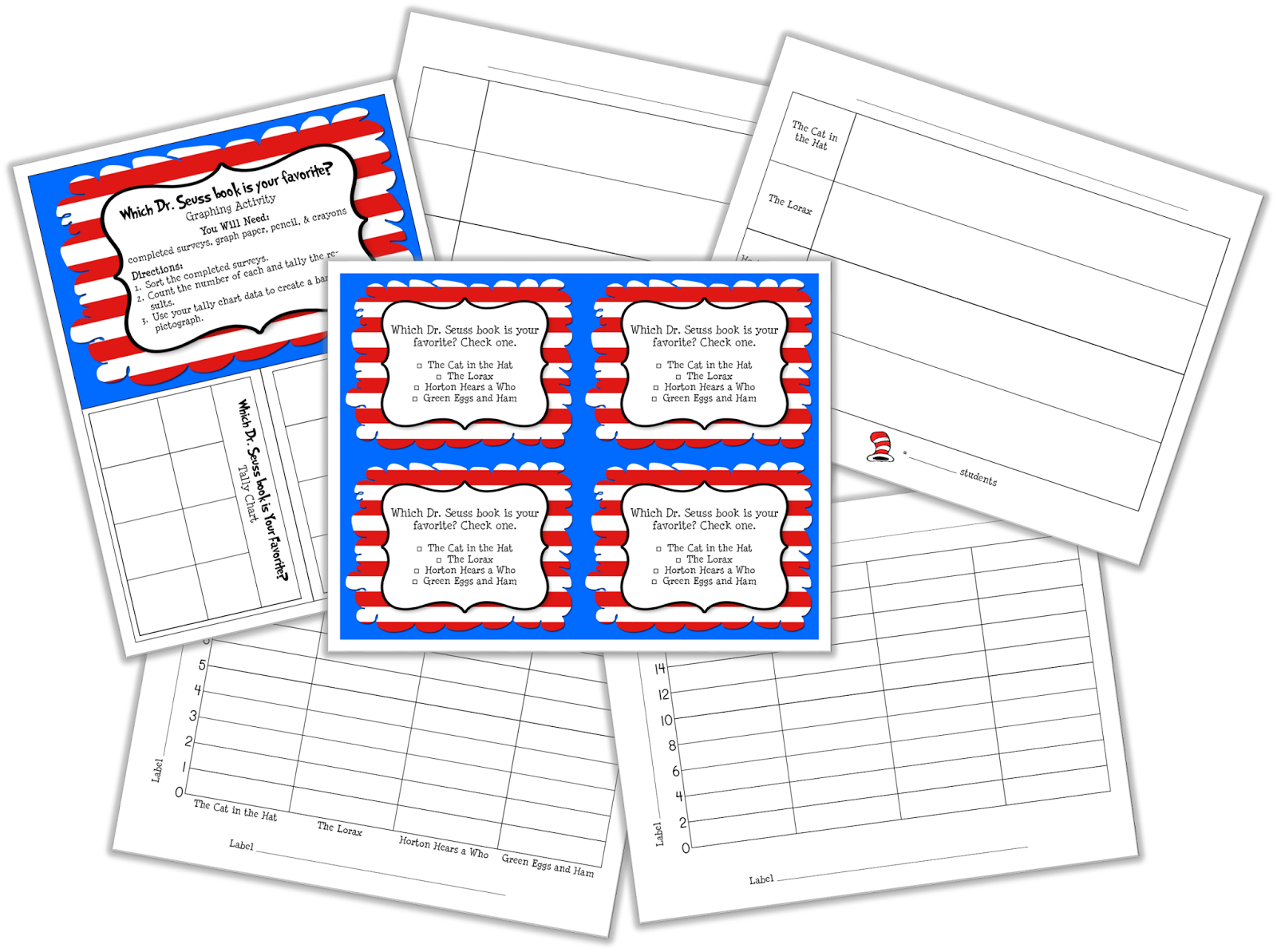Wanted to share a few things that have been going on in the classroom and a few made-it to go with them...
First, we just had open house this past week and I asked my kids to reflect on their learning thus far this year with a "Glow & Grow". This is something that can be done any time during the school year. Students simply write something they are able to do well after all of their hard work and help, and they write about something with continued effort is an area they will "grow"/improve. Loved to see some of the students' reflections about math! Feel free to download a copy to use with your students.
Second, we explored fractions with pizzas this week. I purchased Amy Lemons' Pizza Fractions and adapted it for my students. We used all of the toppings and pizza template divided into fourths and added four toppings to cover one fourth, one half, three fourths, and the whole pizza. Students began by choosing a topping to use on the whole. Then a topping to use only on a fourth, on half, and finally three fourths. Afterward, they completed the sheet shown below. This really tested their understanding of equal-sized shares of a whole and how to represent fractions by adding toppings accordingly. Not to mention, it was fun! You can use the sheet I created with other pizza fraction activities, so snag it if you like.
Lastly, we explored fractions with foods (faux foods) this week in guided math groups. Students are developing a solid understanding of fractions at the second grade level and LOVED using the foods. I shared this made-it in a previous post, but I decided to share it again here. So many possibilities for using these gems, so you will want to download them!
Hope you find this month's made-it useful! Have a blog and want to share your math-made its in a post? We would love to have you link up below!
All the best for the coming week--


















